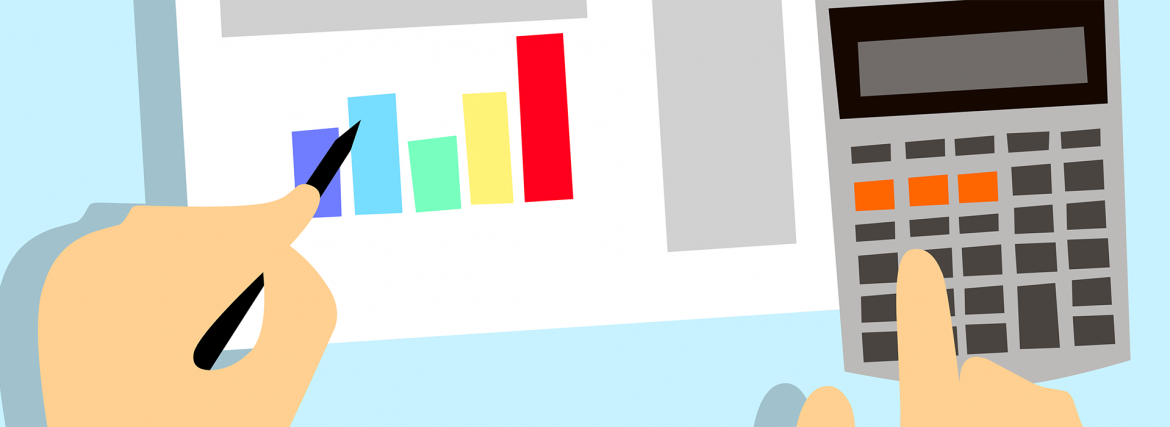Whether it’s a global pandemic or everyday car trouble, financial bumps in the road always come at unexpected times. Without an emergency fund, life’s surprises can turn into a cycle of debt and interest fees. But, as with starting a fitness plan or eating healthy, getting started building an emergency fund is always the hardest part.
What is an emergency fund?
An emergency fund is an amount of money set aside for no other purpose than financial assistance in an unexpected emergency. Medical bills, flat tires, home repairs, or unanticipated job loss are all examples of unwelcome situations that could be covered or made easier by having an emergency fund in place.
How big should it be?
When starting an emergency fund, having some money set aside is better than none. Even $50-100 can help to ease the anxiety associated with an unanticipated expense.
That being said, the general recommendation for the amount of an emergency fund is three to six months of living expenses. That means if monthly costs are $2,000, the emergency fund should be anywhere from $6,000-$12,000. The amount can vary depending on job stability and how long it would take to recoup income if it were lost.
Ways to save more
It can be challenging to reconcile saving money that doesn’t serve an immediate purpose. But the peace of mind someone can gain from knowing they won’t need to rely on debt is life-changing. If something comes up while the emergency fund is growing, emergency loans can provide a temporary solution if someone finds themselves without an emergency fund and in need of money. These short-term, often higher interest, loans serve to tide over the financial situation until more income comes in. If someone has been trying for months unsuccessfully to save, it may help them to try one of these unique strategies for people struggling to build an emergency fund:.
- Automate It: This “set it and forget it” strategy is tried and true. The best part is there are now companies that exist to help make automating savings even easier! Apps like Digit will move small sums of money to a savings account throughout the month without the consumer even noticing. Many banks can now even round up purchases to the nearest dollar and slip those pennies right into a savings account. It may not seem like much, but small savings create significant change over time.
- Keep It Small And Build: Starting with a lofty goal for emergency fund contributions can quickly cause someone to fail. It can be easier to start with a contribution of $1 or $5 a week instead. Once someone can recognize that it doesn’t hurt as much for those small sums to leave, they can incrementally bump the amount up by another dollar until they’re donating a more substantial sum.
- Use Negative Consequences: Sometimes introducing a negative consequence can be more influential than a positive one. Let’s say someone wants to reward themselves after they’ve added to the emergency fund for three months in a row. In addition to the reward, like a cupcake from a favorite bakery, it can be useful to set up a negative consequence as well, like a donation to a charity or political candidate the person despises. The aversion of the thing someone doesn’t want to do or have happen can often be far stronger than the desire to get the cupcake or other positive reward.
- Treat It Like a Bill: Make a formal commitment in writing to pay the “emergency fund bill” each month. People are far less likely to skimp out paying on something important if it has the weight of a utility bill or car payment. Calculate the fully-funded value and promise to make payments monthly until it’s done.
Having money set aside to cover an unexpected car repair or medical bill is the difference between making a stress-free withdrawal from the emergency fund and needing to dive into credit. It’s a critical component of personal finance that can once and for all pull someone out of a paycheck-to-paycheck cycle.

